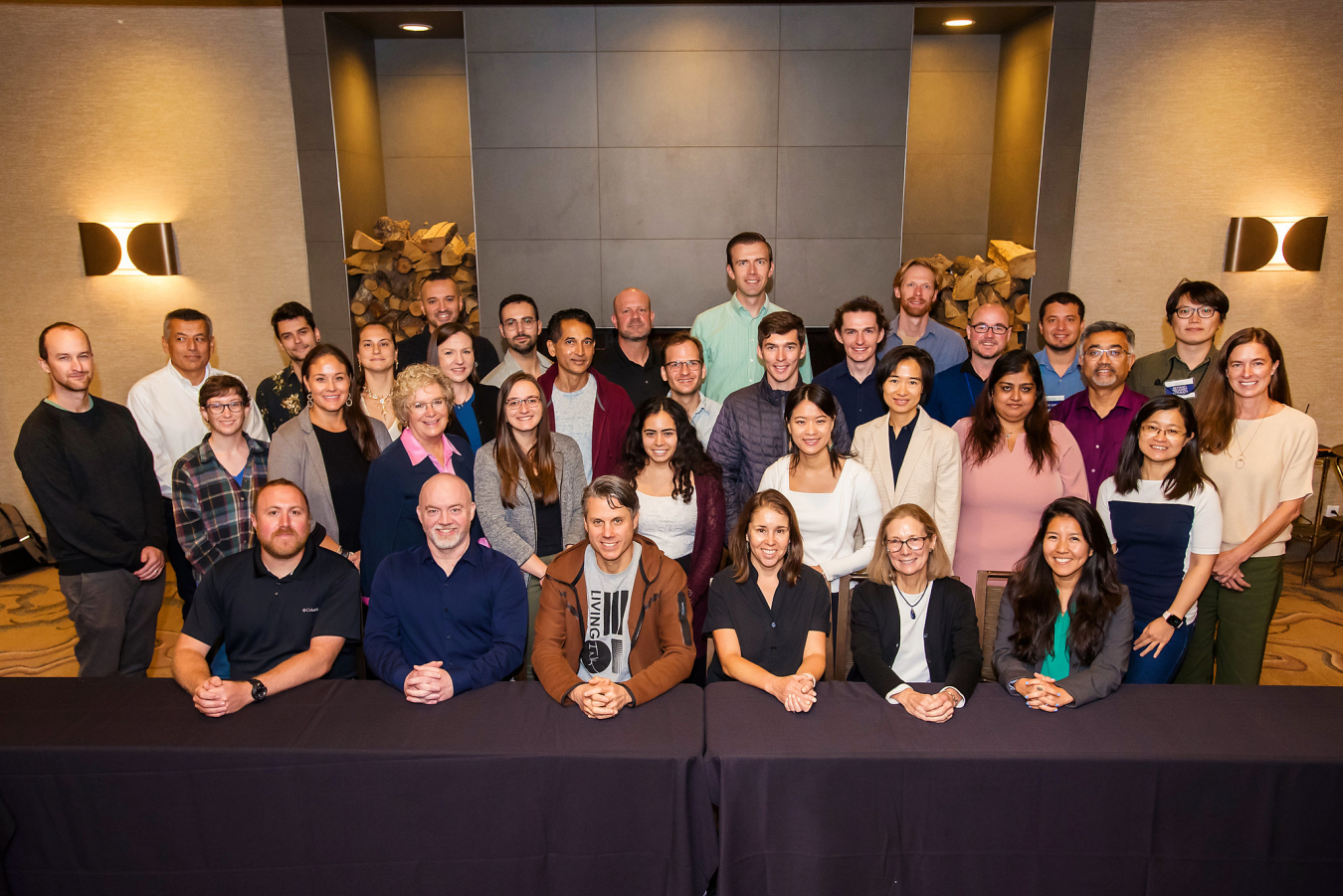
Members of Energy I-Corps Cohort 17
The opening session for Energy I-Corps Cohort 17 was held September 11-15, 2023, and the closing session was held November 14-16, 2023, in Washington, D.C.
Cohort 17 is composed of 11 teams from Idaho National Laboratory (INL), Lawrence Berkeley National Laboratory (LBNL), Lawrence Livermore National Laboratory (LLNL), National Renewable Energy Laboratory (NREL), Oak Ridge National Laboratory (ORNL), Pacific Northwest National Laboratory (PNNL), and Sandia National Laboratory (SNL).
Find information about selected teams and projects for FY23 additional funding tracks.
Teams and Technologies
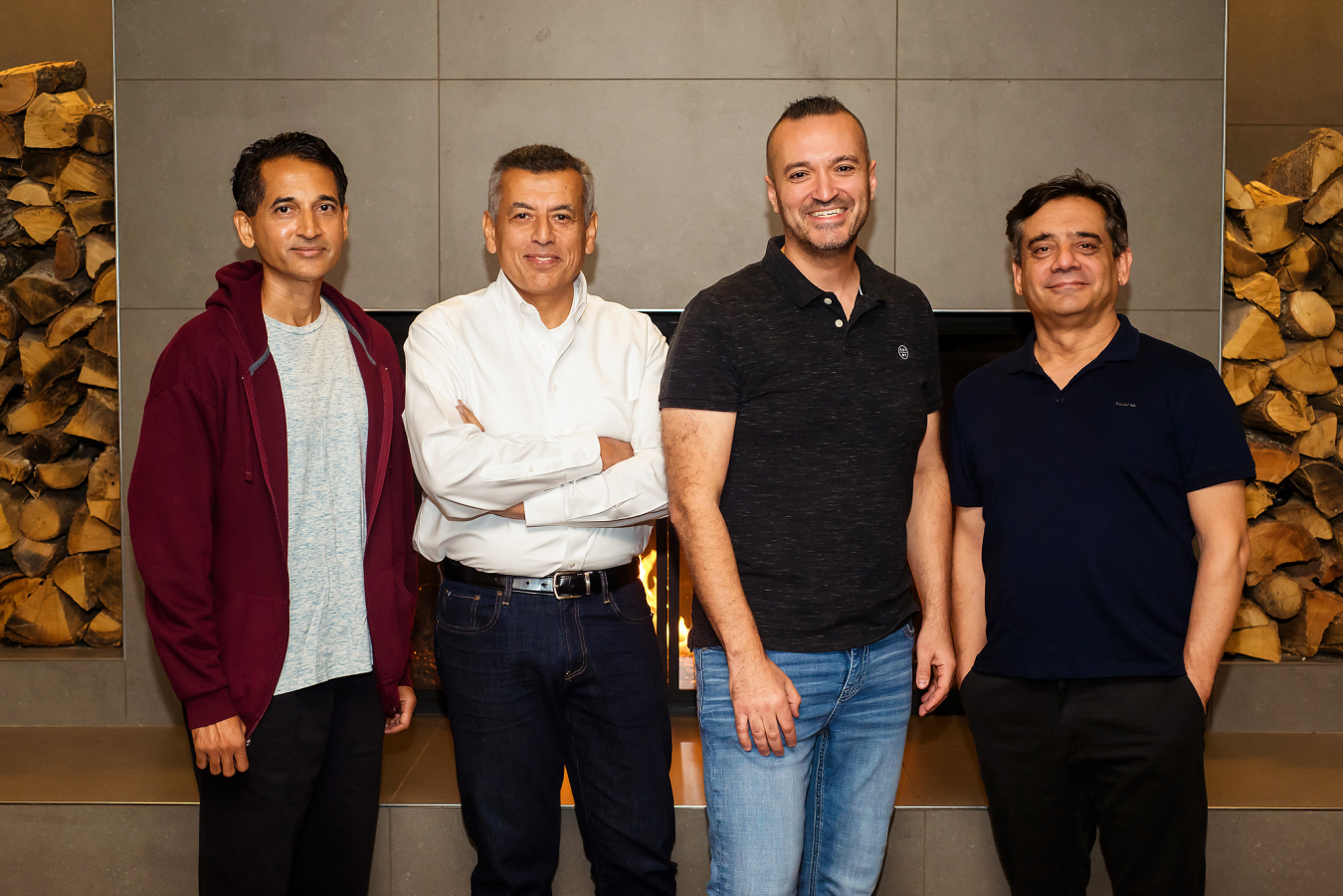 Team 202: MIA
Team 202: MIA- Principal Investigator: Ugur Mertyurek
- Entrepreneurial Lead: Hany Abdel-Khalik
- Industry Mentors: Atul Karve, Walid Metwally
Inference Intelligence (i2) is a software designed to capture uncertainties introduced by the inherent assumptions of artificial intelligence-machine learning (AI/ML) algorithms in digital twins. It provides operators with unprecedented insight into the how, why, and when, of their AI/ML algorithms in a scientifically defendable manner, which is the missing step in gaining regulatory acceptance of digital twins in the nuclear industry. When augmented by i2, digital twins can adapt to new operational regimes, establish operational margins, and prevent unwarranted and overly confident predictions. Thus, i2 enables and accelerates digital twin adoption, permitting stakeholders to embrace the widely touted benefits of automation in nuclear.
Funded by the Office of Nuclear Energy (NE).
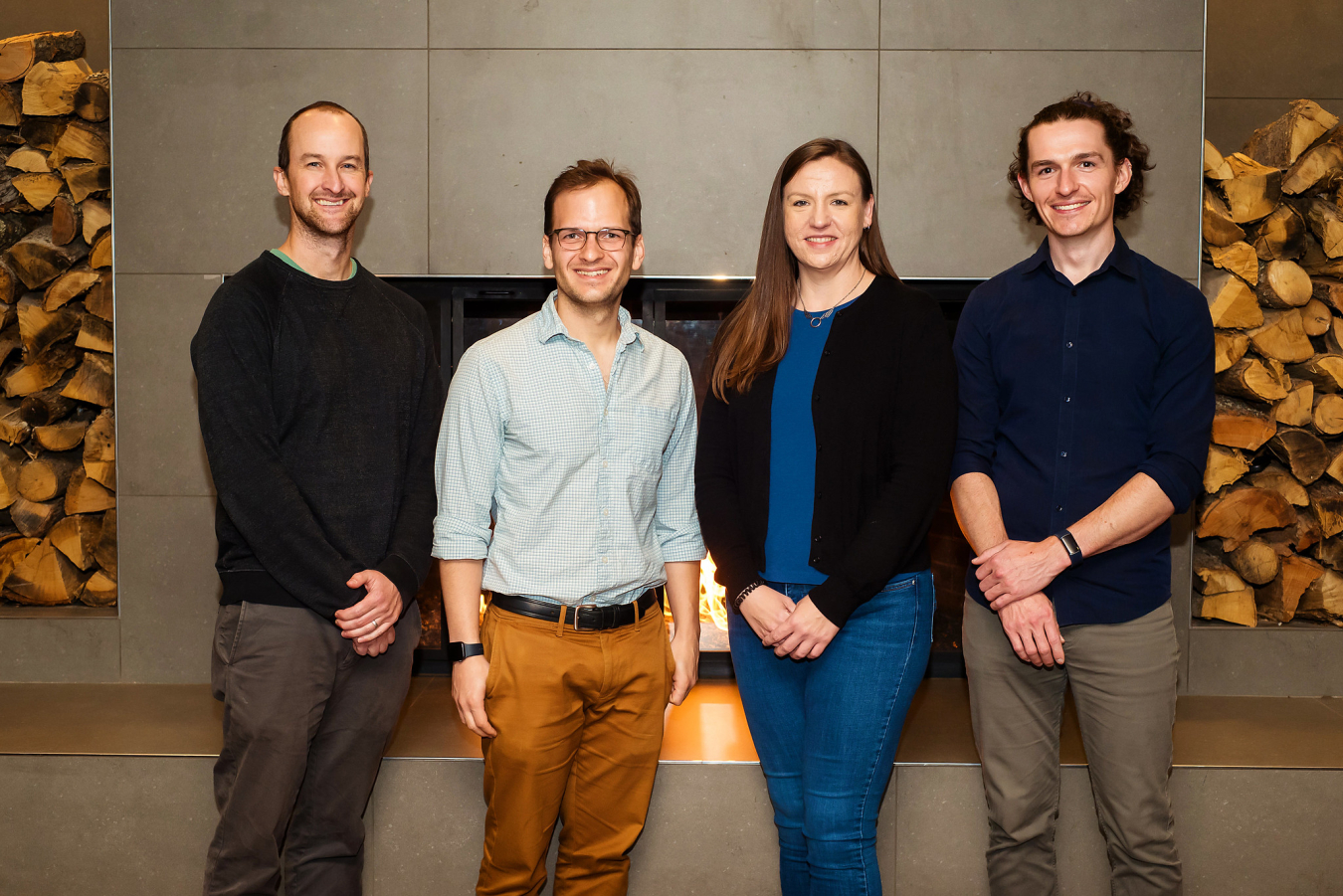 Team 203: Lignocrete
Team 203: Lignocrete- Principal Investigator: Michael Griffin
- Entrepreneurial Leads: Kyle Foster, Ana Aday
- Industry Mentor: Eric Gottlieb
Our technology produces low-carbon concrete by upcycling waste streams from biofuel production pathways. This approach reduces the requirement for ordinary portland cement, creates a pathway to novel mix designs with 50% less embodied carbon, and improves strength compared to conventional methods.
Funded by the Office of Fossil Energy and Carbon Management (FECM).
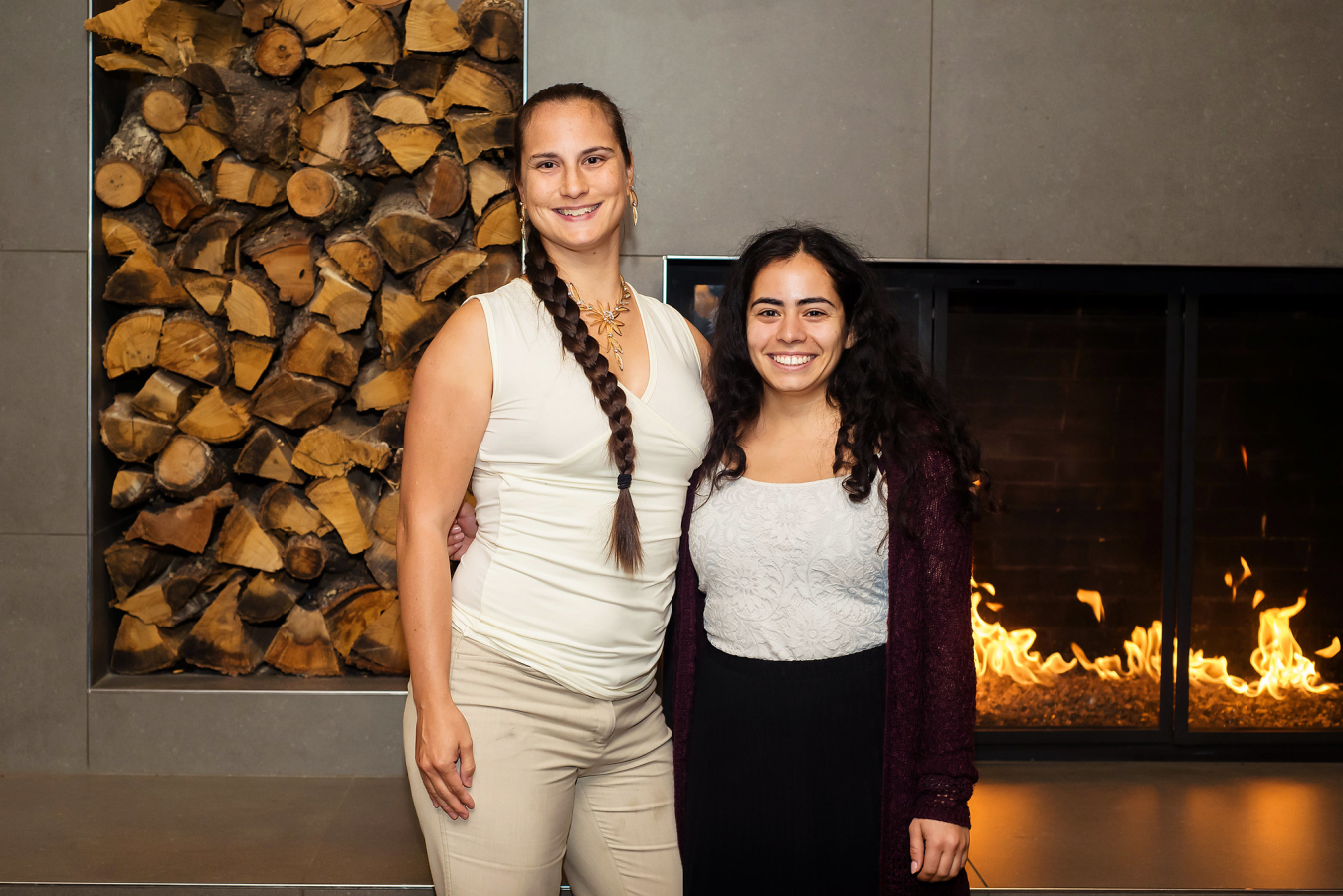 Team 204: Seadragon
Team 204: Seadragon- Principal Investigator: Nicole Mendoza
- Entrepreneurial Lead: Julia Gionet-Gonzales
- Industry Mentor: Kim Nielsen
Our novel kelp-inspired marine energy conversion technology can generate electricity from moving water at a scale suitable for powering the blue economy markets and applications, remote and disadvantaged communities, ecological restoration, and coastal resilience and protection. This highly modular and scalable technology helps prevent erosion/scour and traps sediment and nutrients to build ecosystems from the bottom up. Additional features include built-in redundancy and is fully submerged for improved resilience and survivability. This marine energy conversion technology captures, harvests, and converts a broadband spectrum of energy to maximize power production and lower its cost of energy.
Funded by the Water Power Technologies Office (WPTO).
 Team 205: Litholution
Team 205: Litholution- Principal Investigator: Meng Shi
- Entrepreneurial Lead: Reyixiati Repukaiti
- Industry Mentor: Azita Yazdani
Litholution is a method for lithium separation and recovery from primary (e.g., Li-containing geothermal brines) and secondary resources (e.g., spent lithium-ion batteries). This technology is a combination of green chemistry and energy-efficient electrochemical operations. CO2 is captured with a recyclable mediate and utilized as a precipitate agent to remove metals other than lithium. The mediate is sustainable for CO2 capture and storage, and battery-grade lithium products are separated. This carbon-negative process, aligning with DOE Net-Zero mission, is an eco-friendly and economically feasible approach to secure the domestic supply chain of lithium for energy storage materials.
Funded by the Advanced Materials and Manufacturing Technologies Office (AMMTO).
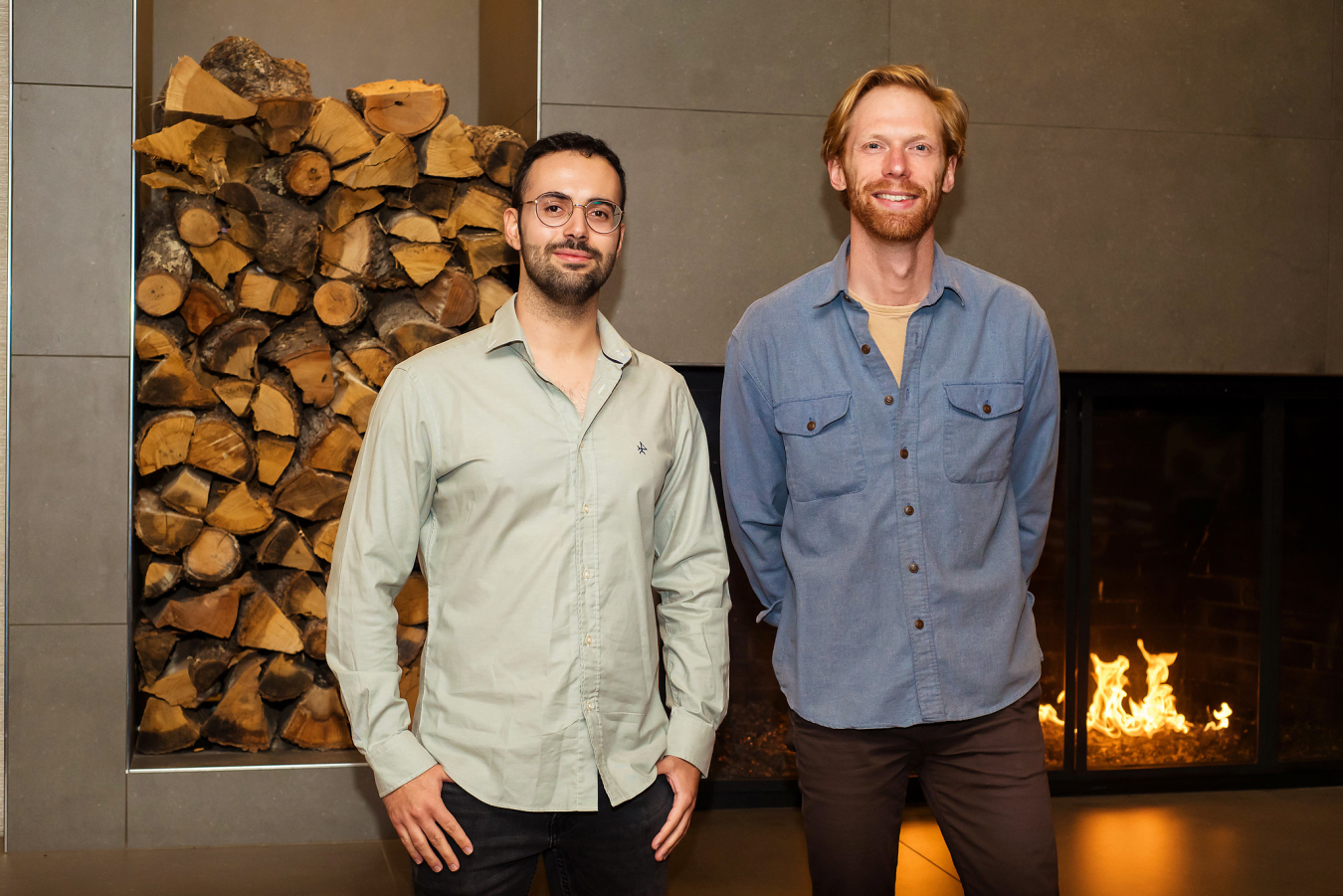 Team 206: Gridsense
Team 206: Gridsense- Principal Investigator: Miguel Jimenez-Aparicio
- Entrepreneurial Leads: Andrew R. R. Dow, Javier Hernandez-Alvidrez, Janna Corro
- Industry Mentor: Tohid Khalili
Detecting and locating faults in power systems as fast as possible is crucial to ensure grid resiliency and safety, and contributes to the reliable integration of distributed energy resources. The GridSense team has developed a fault detection and location-capable prototype that significantly reduces the fault characterization time in at least an order of magnitude. The prototype digests current and voltage measurements at high sampling rates (one million samples per second), and detects faults in the matter of microseconds. Later, data-driven fault location is performed leveraging fault signatures’ frequency data. This technology can be applied to both microgrids and distribution networks.
Funded by the Office of Electricity (OE).
 Team 207: Magtag
Team 207: Magtag- Principal Investigator: Jamin Pillars
- Entrepreneurial Lead: Christian Arrington
We have developed a chip-scale, magnetic smart tagging and sensing platform with enhanced performance for the accurate tracking, sensing, and monitoring of assets. The wireless, passive platform is comprised of multi-frequency/multi-amplitude unique identifiers (UIDs) and sensors which use magnetic-based resonator arrays. The resonator arrays vibrate when excited with alternating current (AC) magnetic fields, creating a complex, unique, and non-reproducible signature that is immune to long-range communications interference and tampering. The arrays are also tailorable for the multi-modal sensing of environmental features such as pressure, strain, and temperature. Detection is accomplished with built-in transceivers or hand-held or floor mounted transceivers.
Funded by the National Nuclear Security Administration (NNSA).
 Team 208: Hercules
Team 208: Hercules- Principal Investigator: Genevieve Starke
- Entrepreneurial Lead: Michael (Misha) Sinner
- Industry Mentor: Brent Nelson
We developed the Hercules platform as a real-time emulation platform for hybrid energy systems. As renewable energy sources become a larger share of the electricity grid, the co-location of renewable energy technologies is becoming a reality. Our platform enables the integration of detailed wind farm simulations with other technologies, such as solar and storage technologies. The platform is constructed to incorporate both technology simulations and physical technologies in assessments. This will enable us to develop and test control strategies, as well as troubleshoot issues that arise in operating hybrid energy systems to increase the adoption of hybrid energy systems.
Funded by the Wind Energy Technologies Office (WETO).
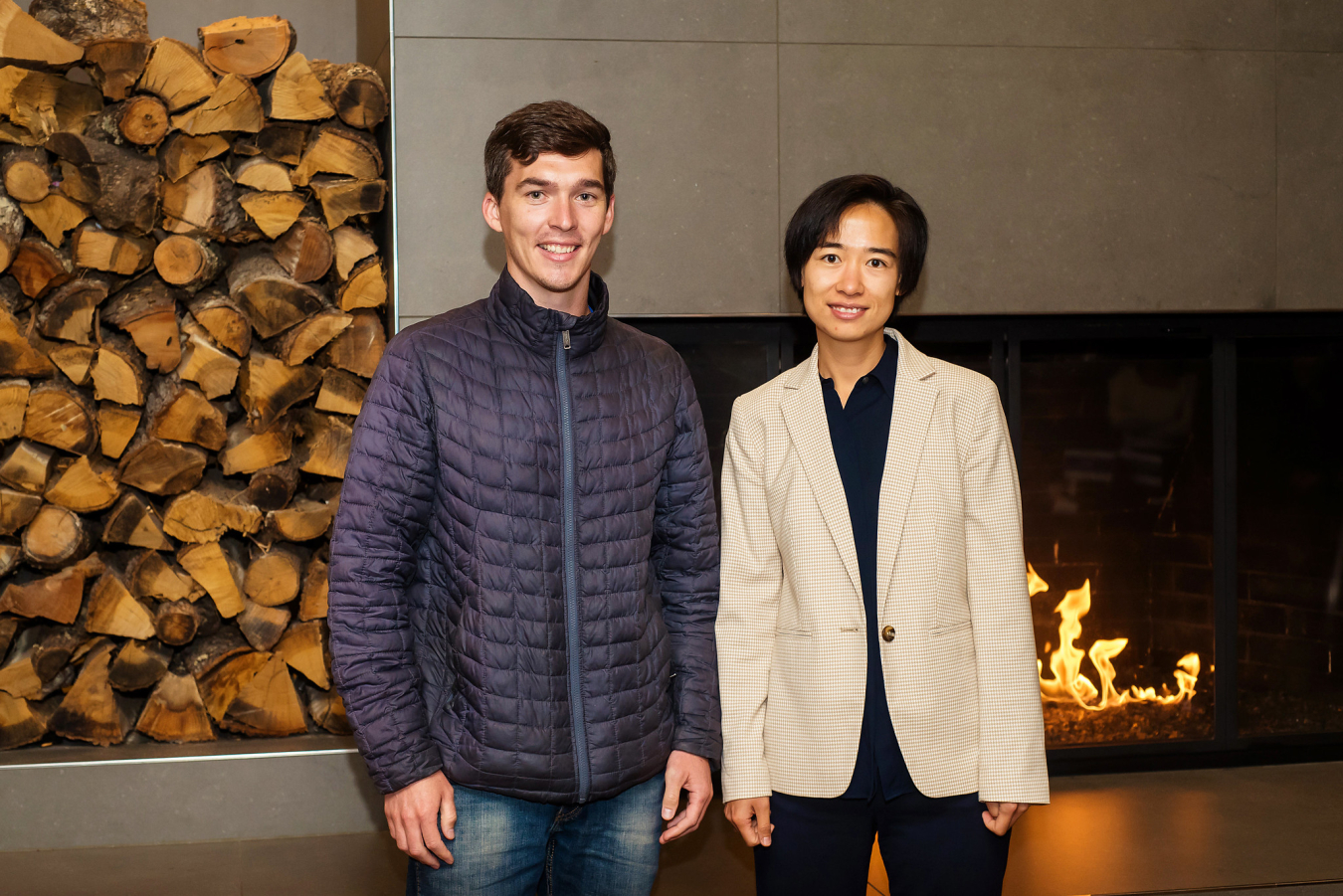 Team 209: Photosil
Team 209: Photosil- Principal Investigator: Sijia Huang
- Entrepreneurial Lead: Michael Ford
The curing of silicones using light, i.e., photocuring, is needed for applications that require rapid curing in designated areas of a material. State-of-the-art formulations for photocuring of silicones either: 1) cure in the dark, or 2) are limited to specific chemical functionalities that can be detrimental to material properties. Photocuring of silicones may be utilized for photolithography; adhesion layers between components; customized prosthetics, artificial organs, and biomedical devices; cushioning for applications like packaging, storage, and aerospace; and soft skins and artificial muscles for robotics. Our technology mitigates the problems associated with current curing mechanisms, providing new possibilities for these applications.
Funded by the National Nuclear Security Administration (NNSA).
 Team 210: SSAM
Team 210: SSAM- Principal Investigator: Saumyadeep Jana
- Entrepreneurial Lead: Amrita Lall
- Industry Mentor: Bryan Sherman
SSAM (solid-state additive manufacturing) brings a low-cost solution to metal additive manufacturing and is specifically well-suited for fabrication of near-net shapes using metallic/ceramic materials that are hard to melt or lose its properties when melted. Oxide dispersion strengthened (ODS) FeCrAl alloys are prime examples. Material Extrusion based SSAM provides a low cost, highly flexible, manufacturing technique with minimal powder feedstock waste. Densification is achieved through sintering at high temperature. As a result, the microstructure of the sintered 3D printed part consists of an equiaxed grain structure, with oxide particles uniformly distributed, isotropic mechanical properties and no residual stress.
Co-funded by the Advanced Materials and Manufacturing Technologies Office (AMMTO), Solar Energy Technologies Office (SETO), and Office of Nuclear Energy (NE).
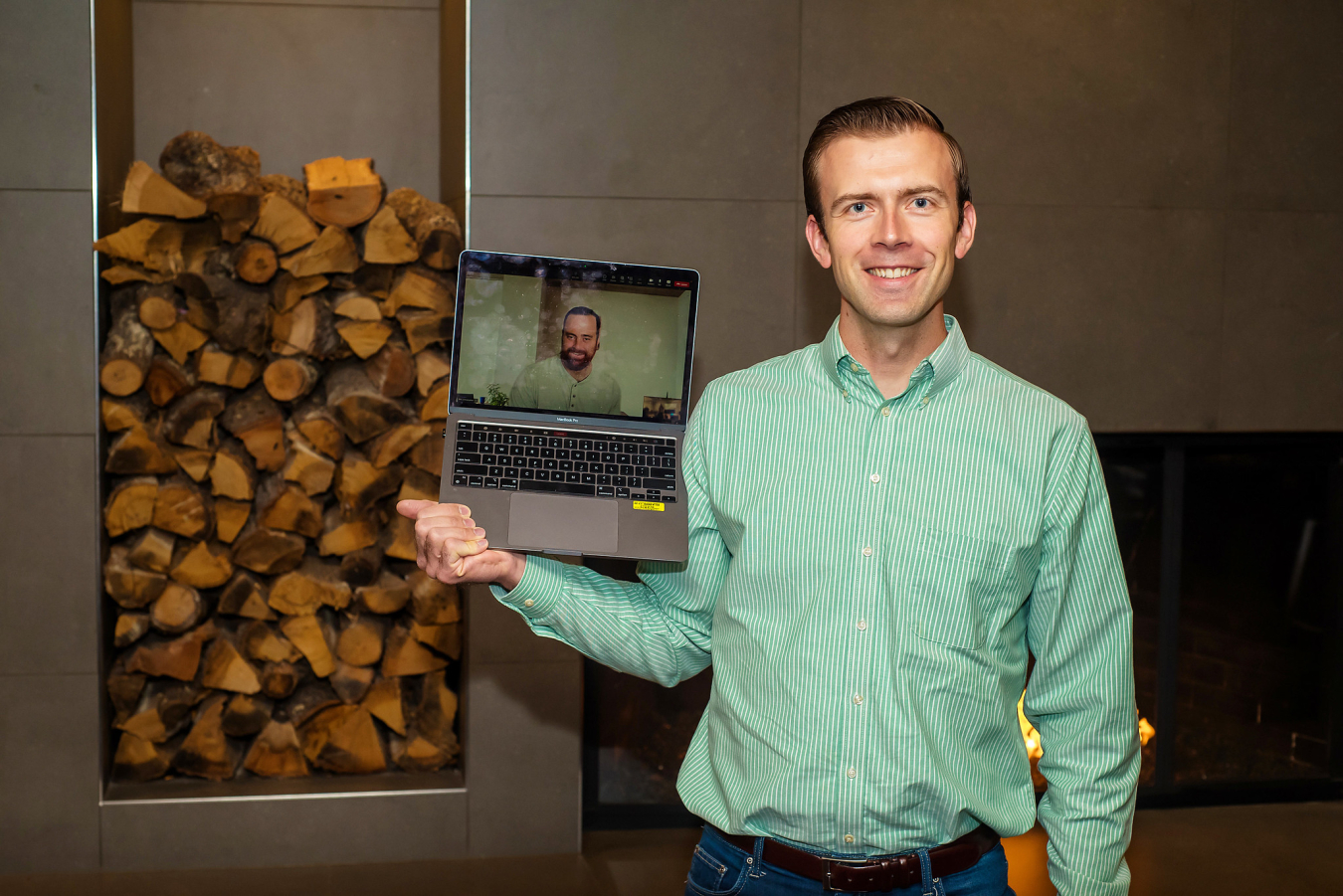 Team 211: GREENHeart
Team 211: GREENHeart- Principal Investigator: Christopher Bay
- Entrepreneurial Lead: Jared Thomas
- Industry Mentor: PJ Stanley
GreenHEART is an open-source software tool that enables the design of renewable energy systems to be used with industrial end-uses. In order to meet the U.S. administration’s goal of net zero greenhouse gas emissions across the economy by 2050, we must develop tools that allow for rapid and flexible design and analysis of green hydrogen systems. Green hydrogen is a vital pathway to decarbonize industrial sectors responsible for the largest portion of greenhouse gas emissions, including steel, ammonia/fertilizer, and cement.
Co-funded by the Wind Energy Technologies Office (WETO) and Hydrogen and Fuel Cell Technologies Office (HFTO).
 Team 212: Retrofit Ready Decarb
Team 212: Retrofit Ready Decarb- Principal Investigator: Peter Grant
- Entrepreneurial Lead: Jingjuan “Dove” Feng
- Industry Mentor: Hannah Justus
The proposed technology is a combination of a high-efficiency heat pump and a low-cost phase change material thermal energy storage system. The system will provide both space- and water-heating. The storage will enable heat pump operation at optimal efficiency, and controls to maximize consumption of renewable power. The developed product will use plastic heat exchangers to reduce costs. The proposed technology will 1) reduce the size of the heat pump by up to 55%, 2) use one heat pump for space- and water-heating as opposed to the typical two heat pumps, 3) reduce annual energy costs by up to 40%.
Funded by the Building Technologies Office (BTO).

